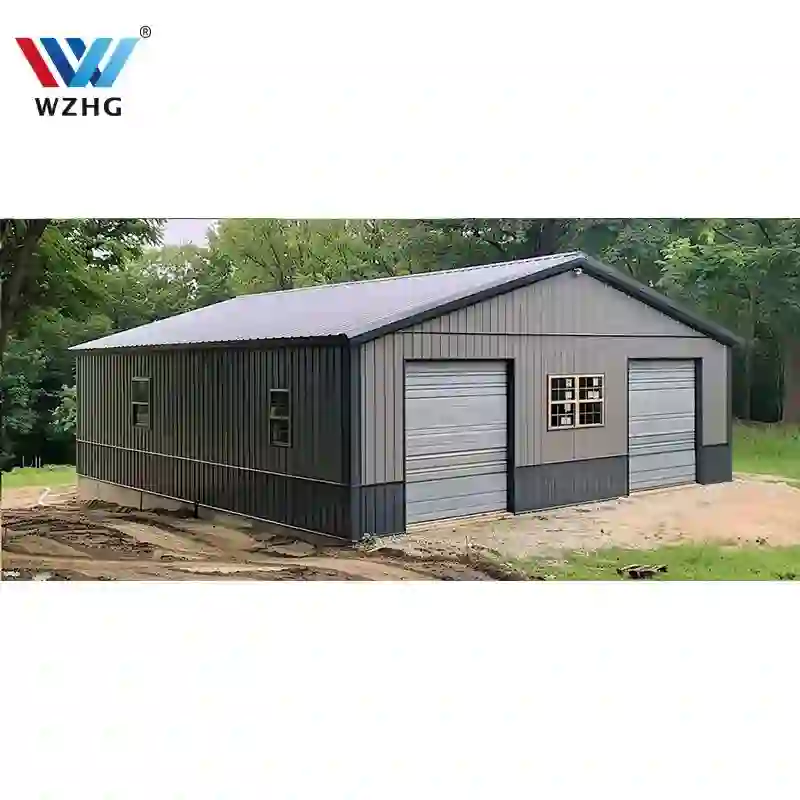Are Steel Modular Greenhouses And Growrooms The Future Of Agriculture?

Are Steel Modular Greenhouses And Growrooms The Future Of Agriculture?
In recent years, the agricultural industry has been facing numerous challenges, including climate change, soil degradation, and the need to feed a rapidly growing global population. These challenges have driven innovation in agricultural practices and technologies. Among the emerging solutions, steel modular greenhouses and growrooms stand out as promising advancements that could revolutionize the future of agriculture. In this blog, we will explore the potential of steel modular greenhouses and growrooms, examining their benefits, technological advancements, and their role in shaping the future of sustainable agriculture.




